Increased Focus on Aesthetic Appeal
Aesthetic appeal is becoming a crucial driver in the Hearth Market, as consumers seek products that enhance the visual appeal of their living spaces. The trend towards home improvement and interior design has led to a rise in demand for stylish and customizable hearth solutions. Market data indicates that decorative fireplaces, which combine functionality with design, have seen a growth rate of 20% in recent years. This focus on aesthetics encourages manufacturers to diversify their product offerings, incorporating various styles, materials, and finishes. As the Hearth Market continues to evolve, the emphasis on design is likely to remain a key factor influencing consumer choices.
Regulatory Support for Energy Efficiency
Regulatory support for energy efficiency is playing a pivotal role in shaping the Hearth Market. Governments are increasingly implementing policies and incentives aimed at promoting energy-efficient heating solutions. These regulations often encourage consumers to invest in modern hearth products that meet stringent efficiency standards. For instance, certain regions have introduced tax credits for homeowners who upgrade to energy-efficient fireplaces. This regulatory environment not only drives consumer adoption but also compels manufacturers to innovate and comply with new standards. As a result, the Hearth Market is likely to witness a surge in demand for compliant products, fostering a competitive edge for those who adapt swiftly.
Growing Popularity of Outdoor Living Spaces
The growing popularity of outdoor living spaces is emerging as a significant driver in the Hearth Market. As homeowners increasingly invest in outdoor areas for relaxation and entertainment, there is a rising demand for outdoor hearth products, such as fire pits and outdoor fireplaces. This trend is supported by market data indicating that sales of outdoor heating solutions have increased by 15% over the past year. Manufacturers are responding by expanding their product lines to include durable and stylish outdoor options. The Hearth Market is likely to continue benefiting from this trend, as outdoor living becomes an integral part of home design and lifestyle.
Technological Advancements in Hearth Products
Technological advancements are significantly influencing the Hearth Market, as manufacturers integrate smart technology into their products. The rise of smart homes has led to an increased demand for hearth products that can be controlled remotely via smartphones or home automation systems. This integration not only enhances user convenience but also improves energy efficiency, which is becoming a critical factor for consumers. Market data suggests that the segment of smart fireplaces is projected to grow by 30% over the next five years. As technology continues to advance, the Hearth Market is expected to see further innovations that cater to tech-savvy consumers, potentially reshaping the competitive landscape.
Rising Consumer Demand for Eco-Friendly Solutions
The Hearth Market is experiencing a notable shift towards eco-friendly solutions, driven by increasing consumer awareness regarding environmental sustainability. As individuals become more conscious of their carbon footprints, there is a growing preference for hearth products that utilize renewable energy sources, such as biofuels and electric heating. This trend is reflected in market data, which indicates that sales of electric fireplaces have surged by approximately 25% over the past year. Manufacturers are responding by innovating and offering products that align with these values, thereby enhancing their market position. The Hearth Market is likely to continue evolving in this direction, as consumers increasingly prioritize sustainability in their purchasing decisions.


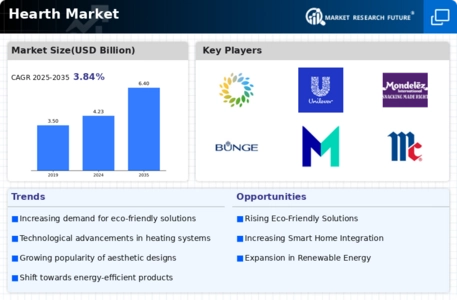
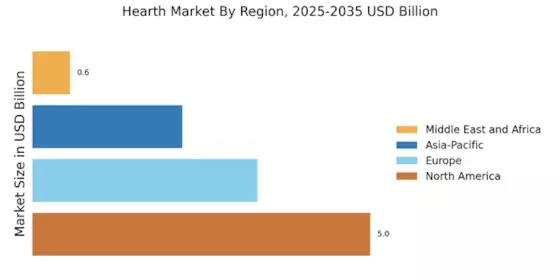
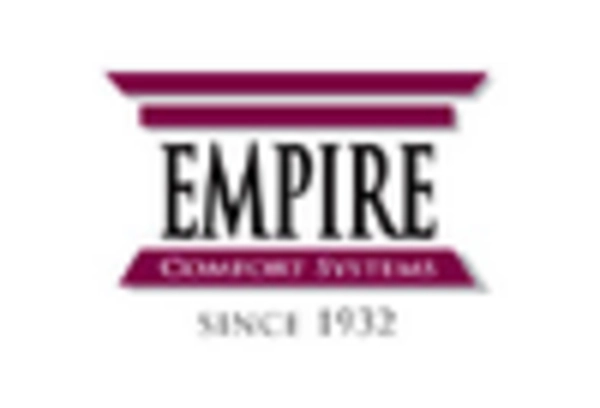



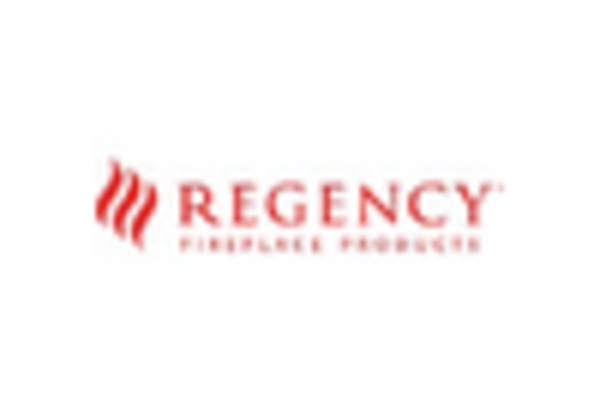
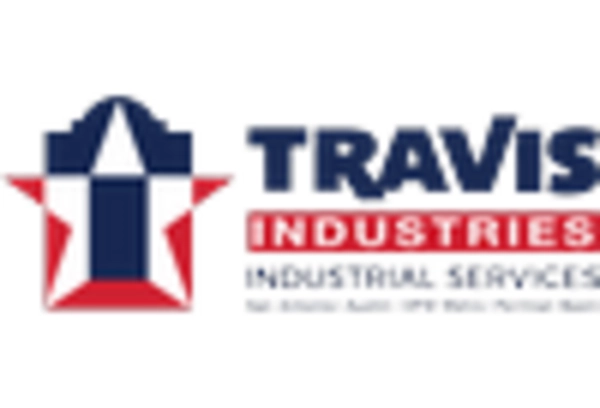








Leave a Comment